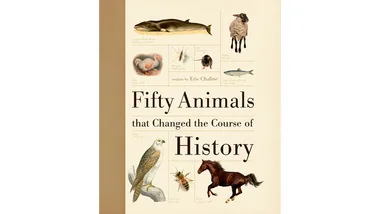It took two vets, four vet nurses and many hours to save the lives of eight tiny swallows in Queensland.
They were part of a total of 32 birds trapped in a glue-like sticky substance last week that was supposed to act as a pesticide to deter larger birds.

The swallows, weighing less than 10 grams each, could not move their wings after getting caught up in the glue.
Animal rangers were only able to resuscitate eight of them.
The incident has provoked the Australia Zoo Wildlife Hospital to remind Australians enlisting pest control services to be wary of the effects the chemicals can have on native wildlife.

Dr Claude Lacasse is the Veterinary Services Manager who helped free the trapped birds.
“It was really disheartening to see these swallows endure such a painful, stressful situation unnecessarily,” she said.
“Swallows are a harmless native species who suffered from the misuse of this product.”

There are many methods of pest control that are not harmful to innocent animals, Dr Lacosse said.
Her team have previously rescued possums affected by rodent bait, lizards caught in mouse traps, and snakes tangled up in netting. Cats and dogs have also been harmed through second-hand poisoning after eating smaller, poisoned animals, she said.

The Wildlife Hospital are urging Australians to read their pest control label directions carefully. They also suggest first removing food sources, rubbish and shelter areas that appeal to common pests before resorting to more targeted control methods.


